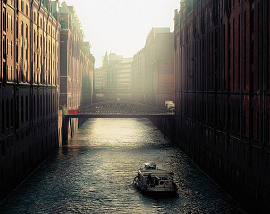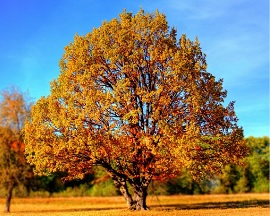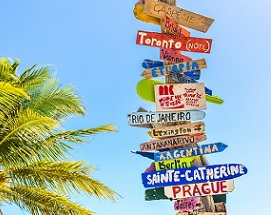Geography
Delhi is divided into three geographical features: the Gangetic Plains, the Delhi Ridge and Yamuna Flood Plain. The flood plain is full of fertile alluvial soil that is perfectly suited for agriculture. The ridge is a part of the Aravalli Hills Range and is an important topographic characteristic of the region.
The Yamuna River passes through Delhi before finally ending up in the Ganges. Though it sits in a seismically active zone, the city hasn’t experienced any major earthquakes. Delhi’s National Capital Region (NCR) includes parts of three more surrounding states: Haryana, Uttar Pradesh and Rajasthan. Bound by the Yamuna towards the East, the main city of Delhi goes up to Saket in the South, Connaught Place in the North and National Highway 8 towards the west.
Climate
Delhi experiences extreme climatic conditions. It gets unbearably hot in summer as temperatures easily climb to around 45 °C or more. It is certainly not the best time for Delhi tourism. Between April to June, the city is battered by hot winds and violent dust storms. Sightseeing becomes a challenge due to high temperatures.
From July to September, monsoon brings rain but hardly any relief from the unrelenting heat. August is the wettest month of the season and receives very heavy rainfall. September sees lesser rains, more humidity and slightly lower temperatures.
In October autumn oversees the weather’s transition into winter. Temperatures fall further to average between 10 to 20 °C. By early November, winter sets in and the temperature creeps lower into single digits. December can see the temperature drop very close to 0 °C. Fog and haze severely restrict visibility. January sees some rain and temperatures start climbing up again. Spring arrives by February. The days are warm, and the nights are cool. Temperatures hover around 20 °C and the weather stays pleasant until the arrival of summer in March.
Culture
Carrying a mishmash of influences of its erstwhile rulers, Delhi has created a unique culture for itself. Divided into Old and New Delhi, the two halves of the city have distinct personalities. Old Delhi is the soul of the city that encapsulates its history in its culture and monuments. It is home to many historical monuments such as the Red Fort and Qutub Minar. The bustling Chandni Chowk could easily be a microcosm of the old city. The narrow lanes of the busy market have remained unchanged for years. There are unassuming culinary institutions here serving the same hardy fare for over a hundred years.
On the other hand, the newer side of Delhi is a suave cosmopolitan creature that easily keeps step with modern evolutions. The glamour of mega malls and slick entertainment venues are the new faces of Delhi tourism. Both these cultures happily coexist as two different sides of the same coin.
Tourism
Delhi Tourism is an amazing roller coaster ride that will take you around the city at a frantic pace. All you have to do is keep up. Your Delhi tour will begin with the monuments and gradually lead you over the city’s culture trail, eventually ending up in the newer quarter. Start with the historic Red Fort before you move on to sample the delights of Chandni Chowk. Pay your respects at the Raj Ghat which is a little further away.
Make a quick stop at the Shankar’s International Dolls Museum to marvel at its collection. Drive by the Supreme Court of India while you proceed towards the National Handicrafts and Handlooms Museum. It is among the biggest of its kind in India. You can easily spend a day at the National Zoological Park, especially if you’re travelling with children.
Stop at the old Khan Market to shop for souvenirs and spend some time at the idyllic Lodhi Garden. A complete Delhi tour must include a stroll around the affluent Hauz Khas neighbourhood. Head to the Hauz Khas Village for its electric nightlife. Finally, top off your Delhi tour with a visit to the India Gate. Make sure to include Rashtrapati Bhavan in your itinerary as well.
Delhi tourism will take you on a wonderful ride. Let SOTC help you plan your trip. Visit the website for some amazing offers on Delhi holiday packages.




